Your house cat might seem like the perfect companion lounging on your favorite chair, but beneath that domesticated exterior lies something far more remarkable. Every stretch, every stalking motion, every gentle head bump carries echoes of their wild ancestors. Understanding these primal connections reveals a fascinating truth about the tiger living in your living room.
When you observe your cat’s daily behaviors, you’re witnessing thousands of years of evolutionary programming at work. Despite the size difference, there are a lot of similarities between big cats and house cats – in fact, they share approximately 95.6% of their DNA with tigers. This genetic similarity means many behaviors we see in domestic cats mirror those of their larger cousins in ways that might surprise you.
The Ancient Art of Ambush Hunting
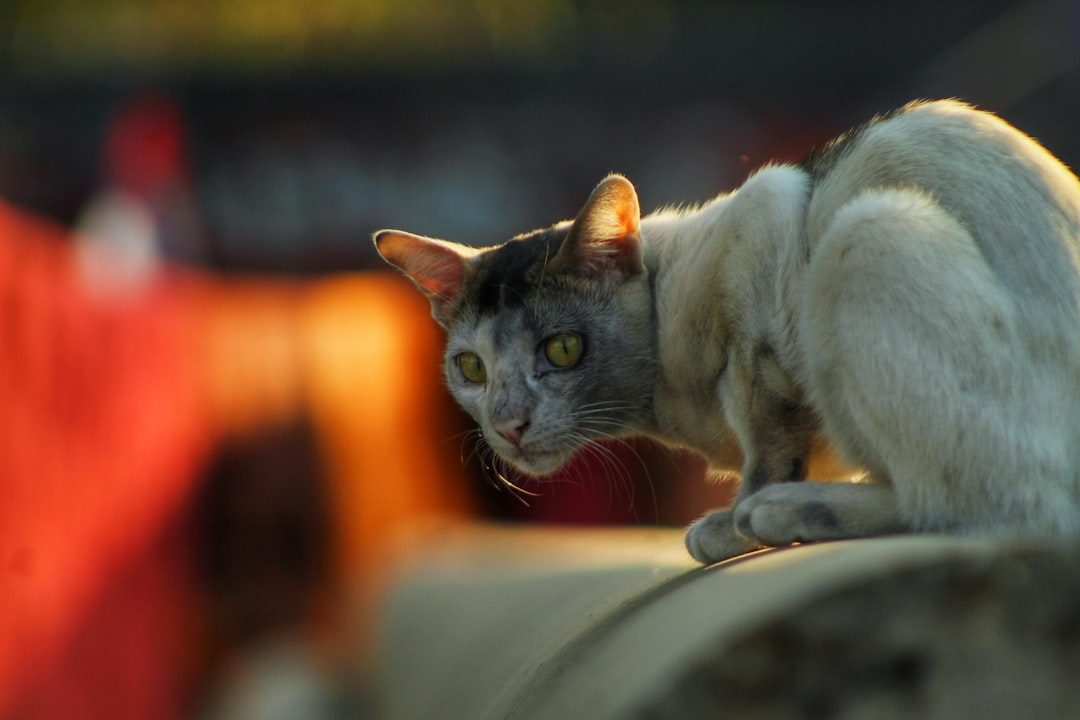
Watch your cat play with a toy mouse and you’re witnessing a masterclass in predatory behavior that would make a leopard proud. Most cats are ambush predators, lying in wait in cover near where prey gathers. Your domestic cat follows this same instinctual pattern when they crouch behind furniture, wiggle their hindquarters, and pounce on unsuspecting ankles or feather wands.
If you watch a cat play at home, they will often mimic hunting behaviors. A cat will wait, ambush its toy, then roll around with it, and bite at it. Your pet cat is mimicking a hunt; this behavior is taught to young kittens in the wild. The play sequence follows an identical pattern to big cat hunting: stalk, chase, capture, and “kill” through biting motions.
Even more fascinating is the predatory patience both house cats and big cats display. They stalk their prey, hide, and lie in wait for the perfect opportunity. Our house cats have this hunting instinct – and we see the manifestation of that when they stalk us or bite us out of the blue or stalk their toys. This behavior explains those surprising “attacks” on your feet as you walk down the hallway.
Territorial Scent Marking Across Species
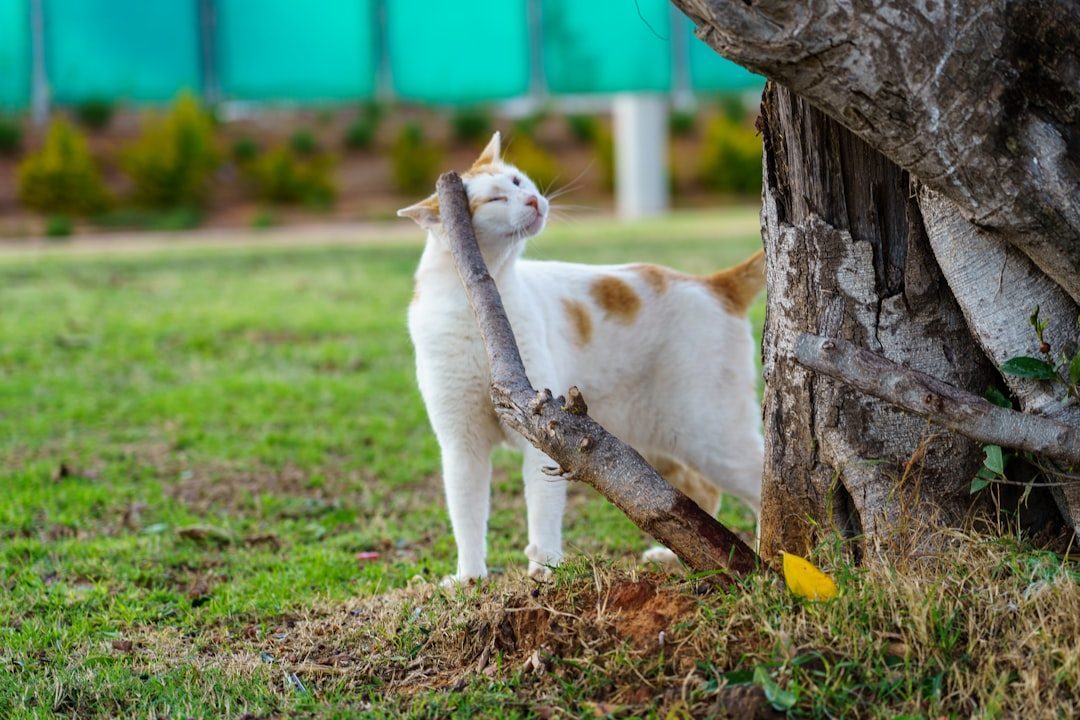
When your cat rubs against your leg or furniture, they’re engaging in sophisticated territorial communication that rivals any big cat’s marking system. We typically think of spraying urine as how cats mark their territory, but cats also communicate through scent glands on their cheeks, flanks, and paws. This multi-layered scent communication system serves the same function whether your cat weighs eight pounds or eight hundred pounds.
Cats have scent glands on their paws pads, their cheeks, lips, forehead, flanks, tail and there are also two little glands on each side of the rectum that release a very strong-smelling liquid to mark the cat’s stool as it passes through. Big cats use identical glandular systems to communicate with other cats across their territories, leaving chemical messages about their identity, health, and intentions.
The scratching behavior you see daily serves dual purposes for both domestic and wild cats. Scratching sheds the dull layer of a cat’s claws and exposes a fresh, sharp claw. It is also an exercise method and a way to mark their territory by putting their scent on whatever they are scratching. Both male and female cats scratch trees (or other suitable objects) at key locations in their territory. The height of the marks may give other cats a clue to their size – and thus strength.
Vocal Communication Systems
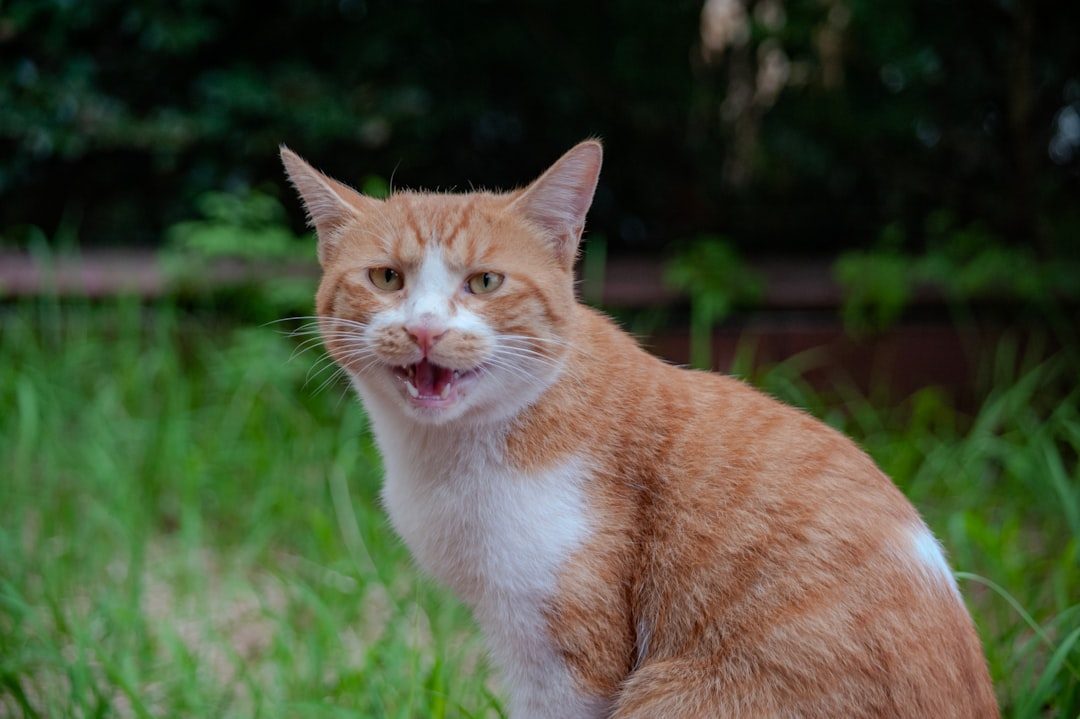
Your cat’s purring connects them to a surprising variety of wild relatives in ways you might not expect. For the most part, big cats (lions, tigers, leopards, and jaguars) can roar, but they can’t purr. Cougars and smaller cats (bobcats, ocelots, lynxes, and house cats, among others) can purr, but they can’t roar. This means your house cat shares vocal abilities with mountain lions, though cheetahs can only purr on exhale rather than the lions and tigers we typically think of as apex predators.
Chuffing – also called prusten – is the equivalent of a domestic cat’s purr. It is a low-intensity sound that a big cat will emit in short, loud bursts. Chuffing is always used as a non-aggressive signal and helps to strengthen social bonds. This shows how similar emotional states produce comparable vocalizations across feline species, whether they’re expressing contentment or maintaining social connections.
Interestingly, meowing isn’t exclusive to house cats. Surprisingly, meowing is not expressly reserved for domestic cats. Lion cubs, Cougars, and some other wild cats also meow. Meowing can be used to locate each other or simply a request for food or affection. However, Kittens meow to communicate with the mother cat; adult cats meow almost exclusively to communicate with humans, making domestic cats unique in their adaptation to human communication.
Grooming and Self-Care Rituals
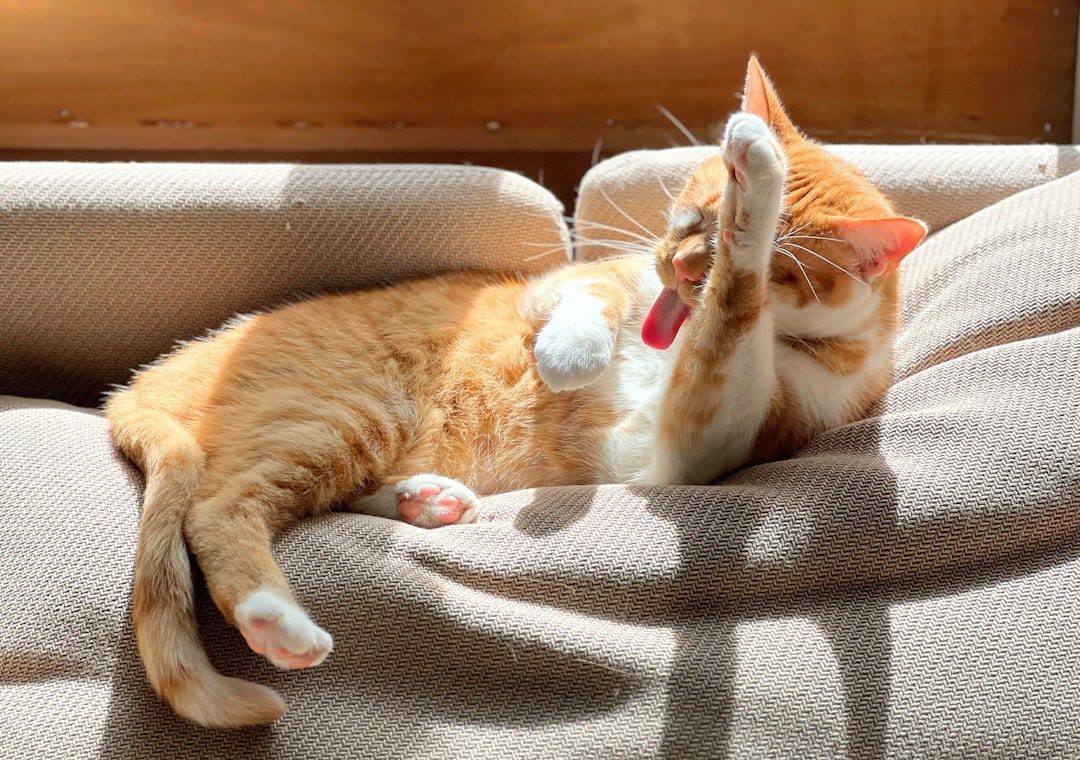
The extensive grooming sessions your cat performs serve critical survival functions that mirror big cat behaviors. In the wild, felines do this to minimize shedding in unwanted areas. It lowers the chances of leaving behind traces of fur. Thus larger predators cannot find the cat. Potential prey would not have a clue where the cat is. This explains why your house cat spends so much time meticulously cleaning their fur.
Interestingly, cats are believed to groom themselves before hunting to groom off most of their scent so the prey doesn’t smell them coming. Your indoor cat maintains this pre-hunt grooming ritual even though their “prey” might just be a catnip mouse. This behavior demonstrates how deeply ingrained these survival instincts remain, regardless of domestication.
The frequency and intensity of grooming also serves as a stress management tool across all feline species. Wild cats use grooming to calm themselves after stressful encounters, just as your house cat might groom excessively when anxious about changes in their environment or routine.
Sleep Patterns and Energy Conservation
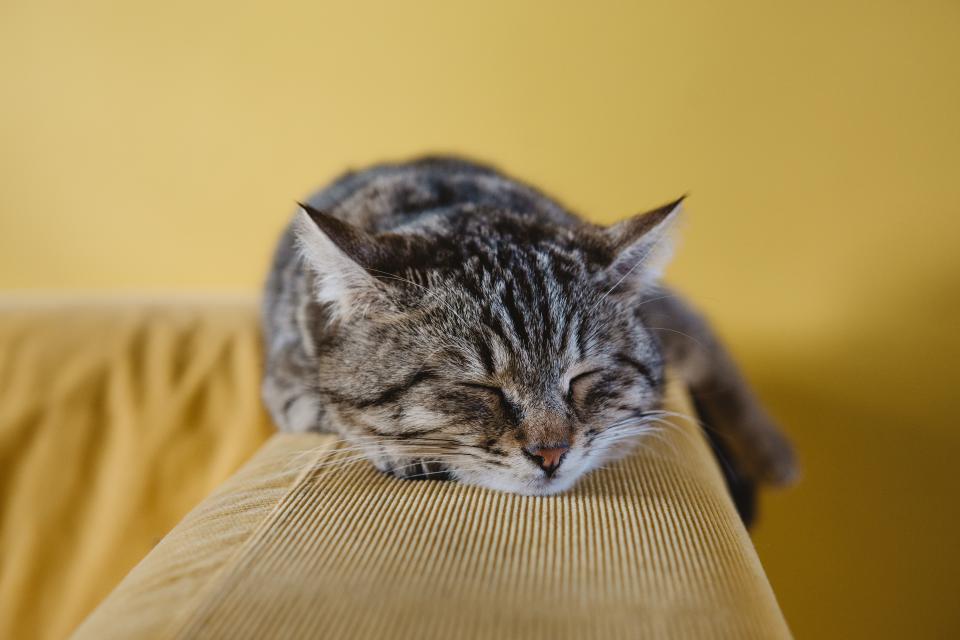
Your cat’s tendency to sleep twelve to sixteen hours a day isn’t laziness but rather an energy conservation strategy perfected by wild felines over millions of years. Cats are often labeled “lazy” because they like to sleep for about sixteen hours a day. But they are almost never completely asleep during that time. Make a sudden noise or movement, and you’ll find your cat alert and with its eyes open, watching you. Big cats in the wild sleep the same way.
This vigilant rest pattern allows cats to conserve energy while remaining ready to respond to threats or opportunities. In the wild, this means being prepared for sudden prey movements or predator approaches. In your home, it means your cat can instantly wake up when they hear the can opener or detect an intruder.
Both sized cats are generally most active at dusk, dawn, and at night. This crepuscular activity pattern matches when many prey animals are most vulnerable, making it an optimal hunting strategy that persists even in well-fed house cats who exhibit increased playfulness during these twilight hours.
Social Bonding and Affection Displays
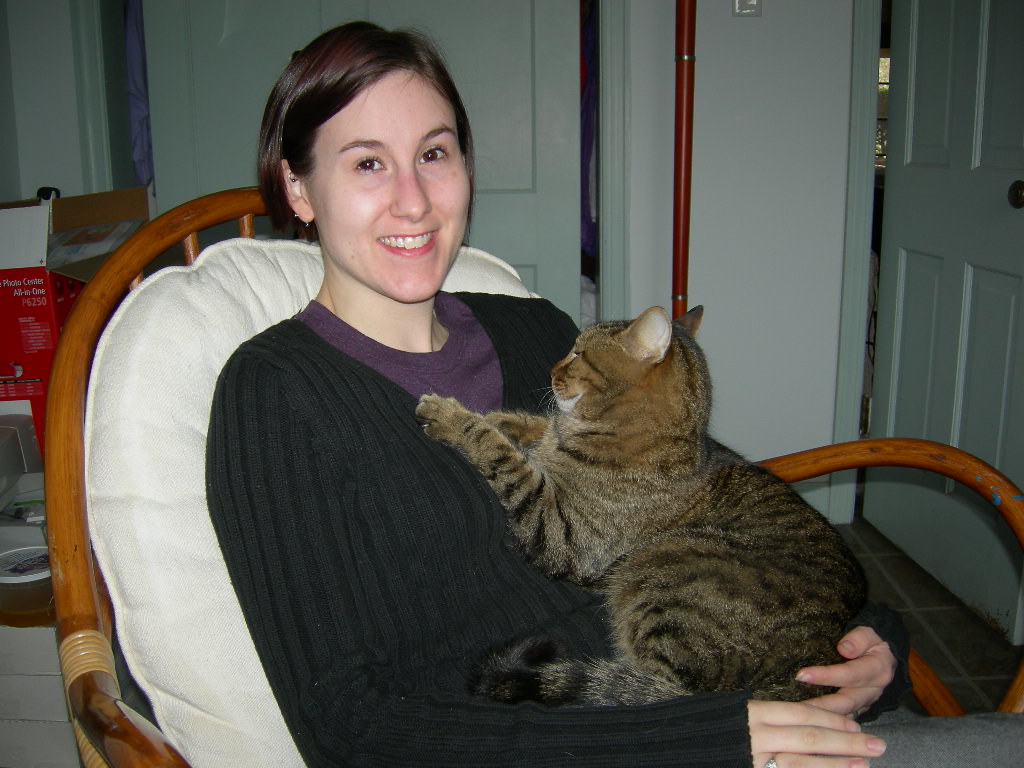
When your cat head-bunts you or kneads your lap, they’re employing sophisticated social bonding techniques shared across feline species. Head bunting is a behavior cats engage in toward another cat, dog, or human with whom they have a friendly relationship. Head bunting is not displayed toward inanimate objects; it’s a behavior reserved as a bonding gesture. Scent exchange is also used as an affiliative gesture.
Cats can rub their scent onto those they love, and in the wild, will regularly rub against each other to claim their family and partners. Rubbing actions between cats transfer some smell from their glands to one another, allowing them to stake their property correctly. When your pet cat rubs on you, it is claiming you as one of its own.
The kneading behavior also connects your cat to their earliest experiences and wild ancestry. This stems from when they are kittens and knead their mothers stomach to induce the flow of milk. Going back to wild cats, they would knead down tall grass in order to make a soft bed for sleeping or giving birth. Domestic cats will almost always knead on soft surfaces like blankets.
Prey and Gift-Giving Behaviors
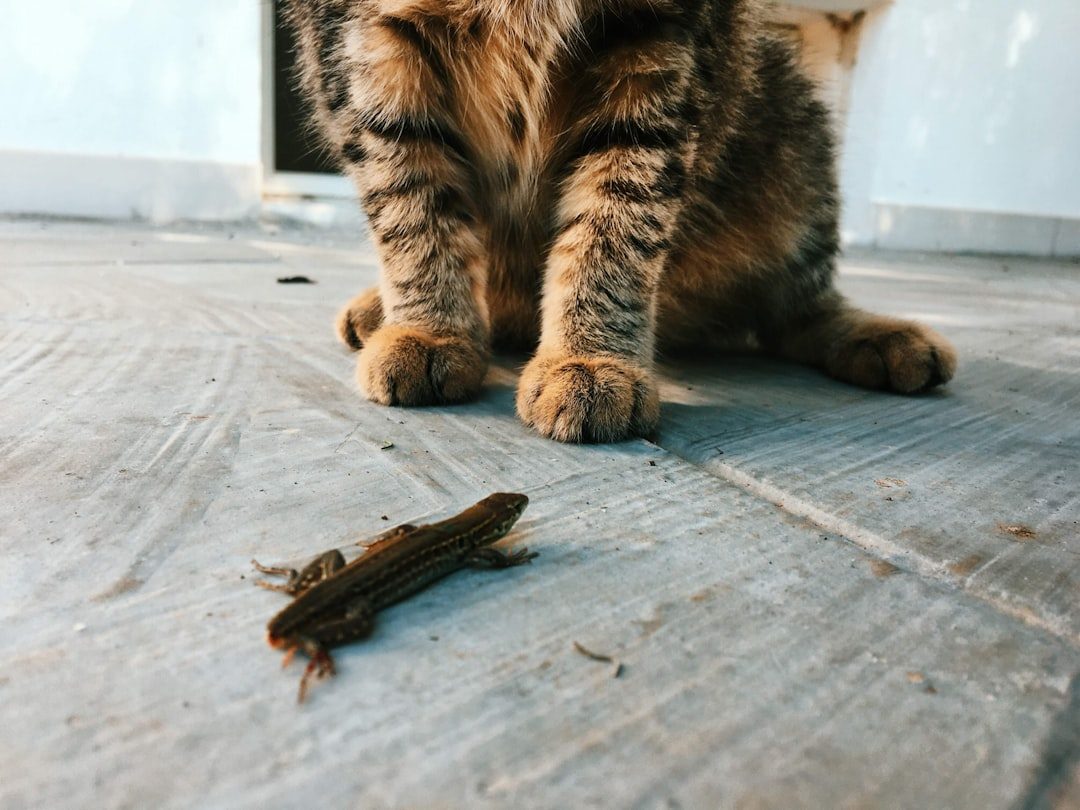
That dead mouse or bird your cat proudly presents to you isn’t a macabre gift but rather an expression of sophisticated social behavior rooted in big cat family dynamics. When cats hunt insects and mice in your home, they may bring it back to you and drop it right in front of your foot. This is probably the last thing you want to see, but your cat sees it as a gift. This comes from when wild cats would bring the prey back to their kittens and drop it to be eaten. The cat brings this to you to show off their accomplishment and provide you with a token of their appreciation.
Researchers have observed wild parent cats giving small kittens live animals to play within the wild to help sharpen their hunting skills. Your cat may view you as family requiring care and instruction, hence their persistent efforts to share their hunting success with you.
The playing with prey behavior that sometimes disturbs cat owners also serves an important survival function. Cats who rely on hunting to survive have learned that playing with prey and disorienting it before killing it reduces the chance of injury. Through play, young cats learn how to tire and disorientate prey before killing it, thus reducing their risk of injury.
Defensive Instincts and Warning Systems
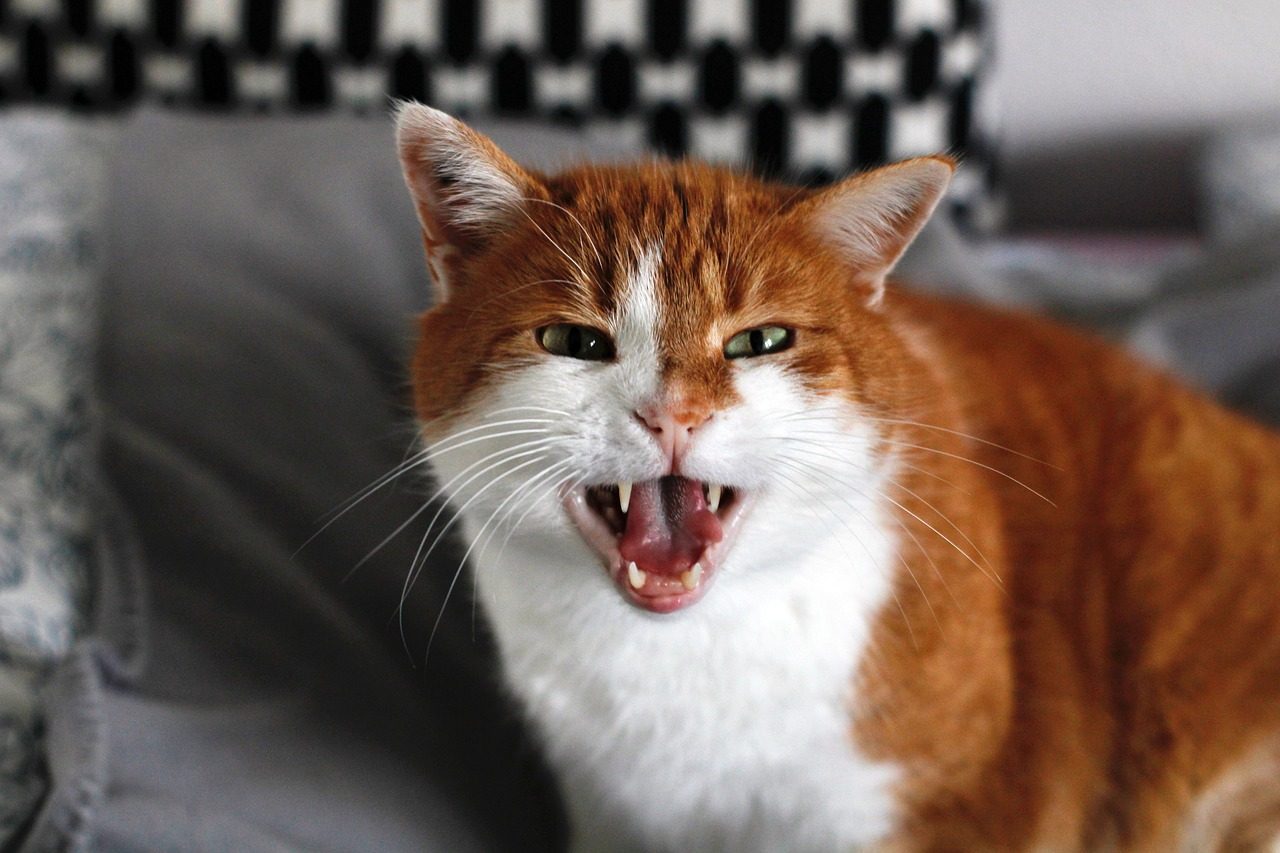
Your cat’s hissing, arched back, and puffed tail represent a sophisticated threat display system perfected across all feline species. All cats, both big and small, growl and hiss to some degree. Whether wild or tame, it’s easy to understand the meaning of these two sounds; the cat is not a happy camper. A growl is a raspy, guttural sound that is produced by pushing air through the cat’s vocal chords. Cats growl when they feel threatened (either by another cat or another animal), when they want to tell a pride member to back off, or to claim possession over something like dinner.
If cats do meet, they use ritual displays to try to stop the encounter escalating into a fight. The classic warning is to hiss while on tiptoe, with back arched and fur on the back and tail erect. This defensive posture makes the cat appear larger and more threatening, potentially avoiding physical confrontation that could result in injury.
Some feline experts believe that cats may have developed this defensive habit by imitating snakes; mimicking another species is a survival tactic among many animals. Hissing is primarily used as a last resort before a full-blown attack. But this serpent-like sound can also serve other purposes, such as establishing dominance in a hierarchy or intimidating a prey animal.
Conclusion

Understanding your cat’s connection to their wild relatives transforms ordinary behaviors into windows into ancient survival strategies. Every purr, every scratch, every predatory pounce reflects millions of years of evolution that shaped both your house cat and their magnificent wild cousins. These shared instincts remind us that domestication hasn’t erased the wild heart beating inside every feline companion.
The next time you watch your cat stalk a toy or claim your lap as their territory, remember you’re witnessing behaviors that connect them to tigers stalking through Asian forests and lions ruling African savannas. Appreciating these instinctual links helps us better understand our cats’ needs and provide environments that honor their wild heritage. What aspect of your cat’s wild nature do you find most fascinating? Share your observations in the comments below.





